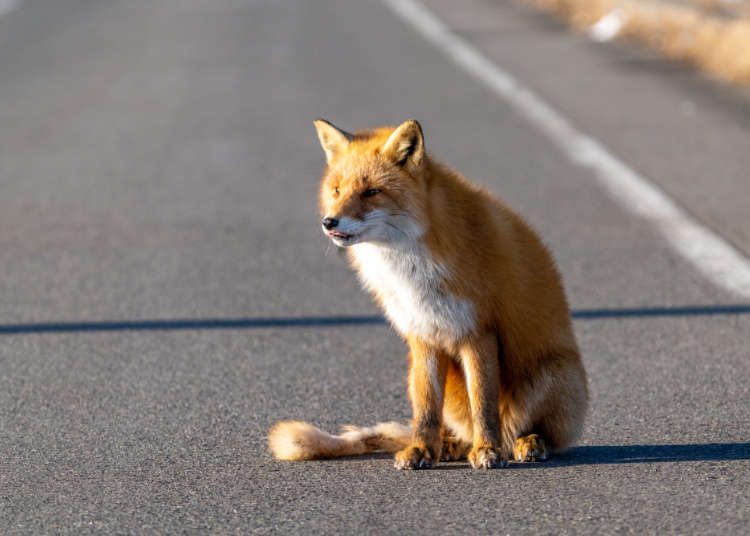
'I Can't Feed Them?!' 7 Hokkaido Travel Manners Tourists Always Forget in Japan's North
- Written by: Minna no Kotoba Sha
Being aware of cultural differences and local customs is one of the most important aspects of Hokkaido travel. Lack of basic knowledge can lead to awkward situations or worse.
Hokkaido residents are generally easygoing and if you adhere to basic Japanese sightseeing manners you won’t have anything to worry about.
In certain settings there are a few specific manners to keep in mind, so be sure to know about them beforehand and have a memorable trip.
1. Respect the Wildlife
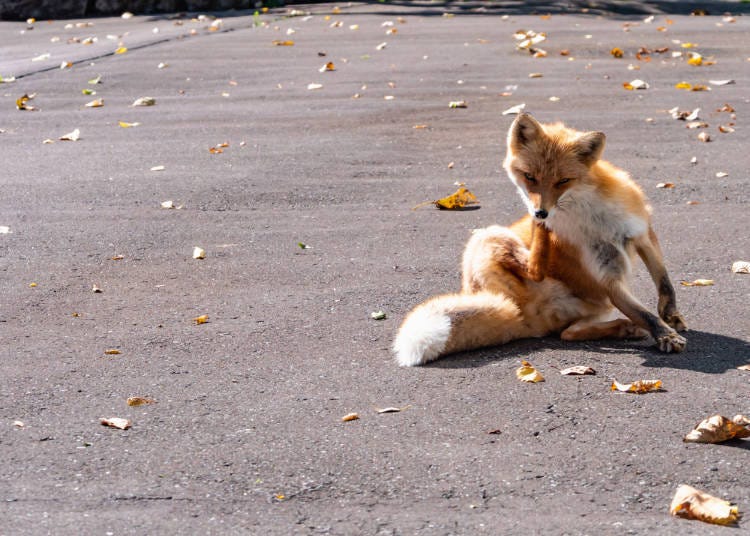
During your Hokkaido travel, you may encounter a wide variety of wildlife, from cute birds and foxes to impressive sika deer and birds of prey.
In fact, the most common violation of tourist etiquette in Hokkaido is feeding wild animals.
It’s not allowed at any time or under any circumstances. It leads to saddening news reports of animals involved in traffic accidents while being fed or seeking food or the health hazards caused by salt, oil, and additives found in human food.
Also, bear in mind that even if a “friendly” wild animal approaches, it’s not safe to touch it. Animals like the red fox can carry parasites, which in worst-case scenarios, can prove fatal. To ensure a happy wildlife encounter, always maintain a reasonable distance when taking photos and avoid flash photography.
2. Treat Nature With Care
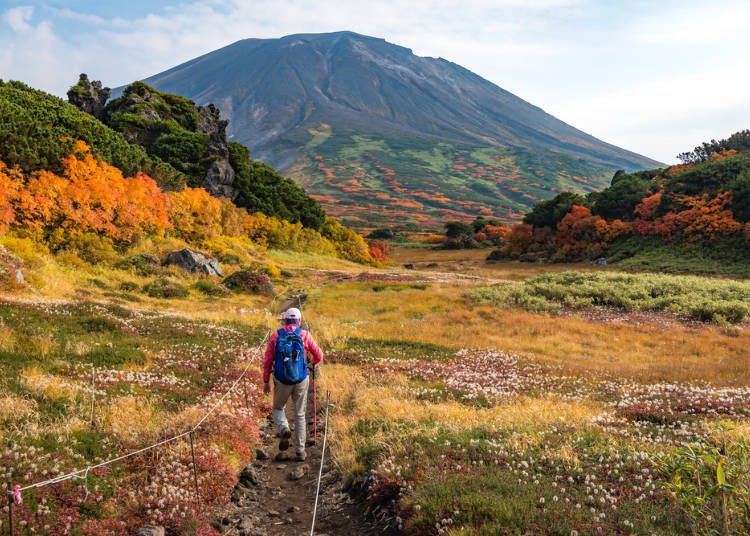
Spectacular scenery, mountain climbing and hiking, and watersports on the sea and in mountain streams are a significant part of what makes Hokkaido travel attractive to tourists.
However, natural beauty must be maintained by those who interact with it, so be sure to handle things appropriately and dispose of your own garbage to ensure that plastic bags and bottles do not clutter landscapes and waterways.
Litter encourages brown bears to descend from the mountains, causing problems for locals, but if an area has recycling bins available, please use them.
Also, be sure to stay on trails and boardwalks. If you wander away from designated paths, you might unknowingly damage or destroy precious plant life. Never pick flowers or take wild grass as a souvenir. In some cases, that goes beyond a violation of manners and may be considered a criminal offense.
3. Be Careful Around Farms & Ranches
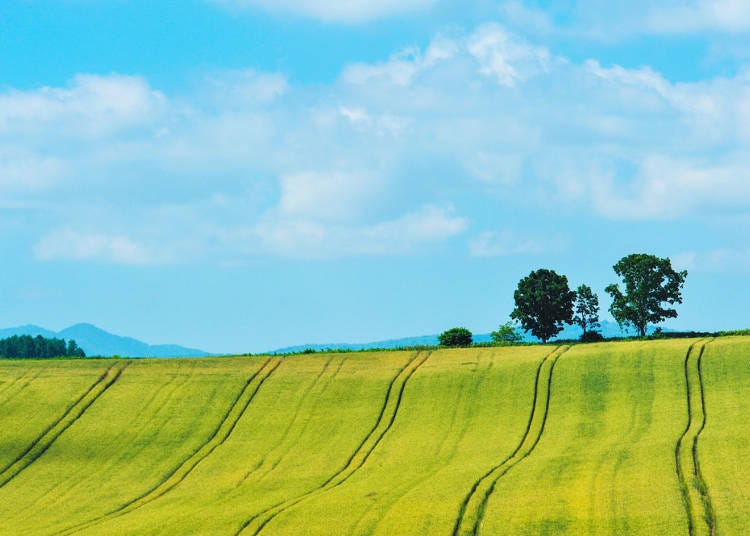
In February 2016, Biei's "Philosophy Tree," which had become a popular tourist spot due to its beautiful landscape, was cut down by the landowner. One reason cited was that "too many tourists trespass on the surrounding farmland to take pictures."
It's important to remember that while Hokkaido's farms and ranches have idyllic scenery, they are also private property where essential crops are grown. The simple rule is: while it's fine to take photos from public roads, do not enter private areas without permission.
4. Be Careful at Tourist Spots
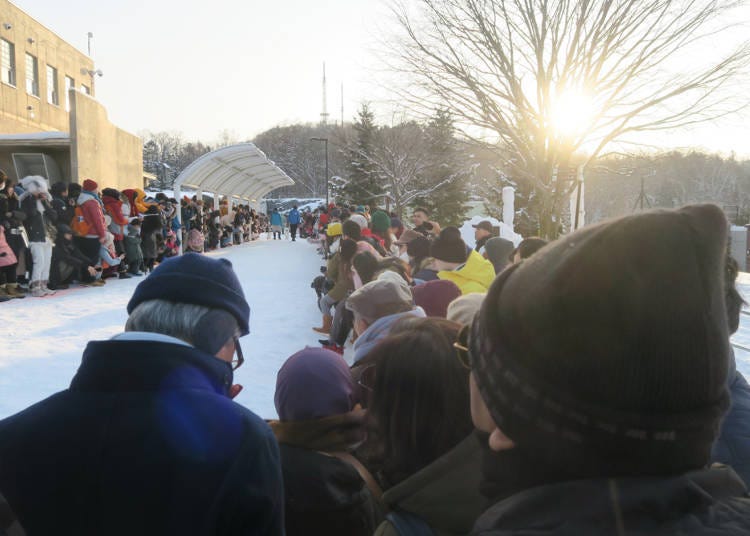
During peak seasons and holidays, there may be long lines when waiting to enter tourist areas. Avoid cutting in line and follow any instructions given. If possible, buying advance tickets is recommended.
At zoos and tourist ranches, unless animals are in designated petting areas, never touch them no matter how close you are. Similarly, it’s not safe to feed animals other than those for which feeding is explicitly allowed and then only with specially provided feed. Animals are carefully looked after by professional keepers, and even nearby grass or leaves should not be given to the animals.
In historic buildings, entry to some areas may be prohibited, or removing your shoes may be required. Many sites have slippers you can borrow, so please use them rather than going barefoot. Photos are often prohibited inside museums, so check facility guidelines before taking pictures.
5. Don't Forget Your Reservations!
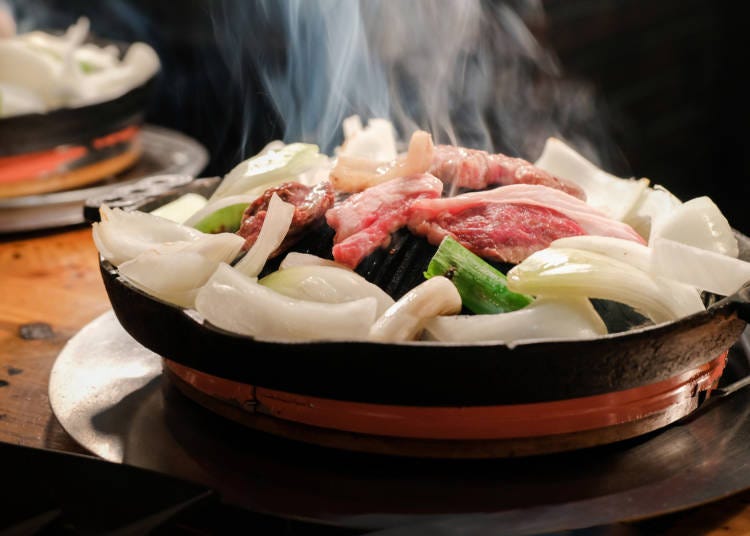
The biggest breach of restaurant manners is missing a reservation without notice or canceling on the day. Prepared ingredients may be wasted, and a cancellation fee will be charged.
Deposits are not common in Japan except for large group bookings, and seats and ingredients are often prepared soon after the reservation is made. If your schedule is likely to change, it’s best to make seating reservations only and to contact the restaurant promptly when any changes occur.
Also, leaving food is considered bad manners, but there are some exceptions for restaurants in Hokkaido where ingredients are produced locally. If possible, check portion sizes when ordering and choose an appropriate amount of food.
If you’re still hungry, additional items may be ordered during the meal. All-you-can-eat restaurants are gaining in popularity, but be sure to check beforehand if any penalties are imposed for leftovers.
6. Don't Be Rude on Trains
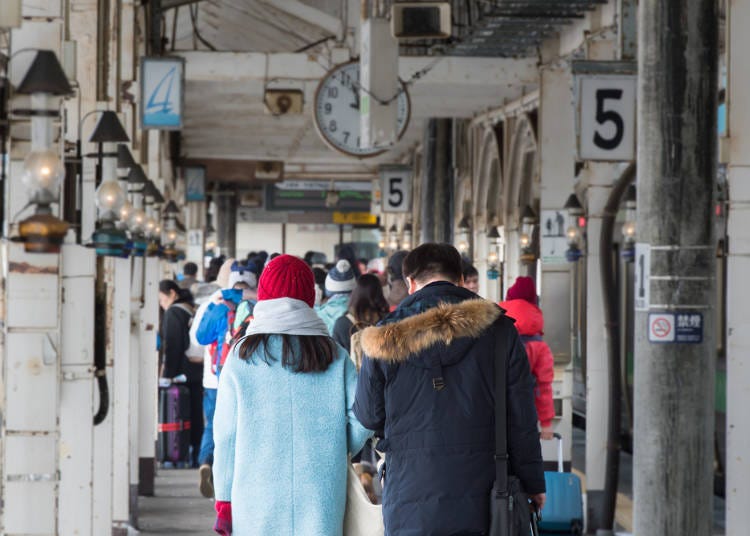
If you have a large suitcase, hold on to it securely when using the airport or station escalators. When boarding a JR train or subway, passengers enter and exit carriages through the same door so patiently wait in line for everyone to get off before you board.
Eating and drinking on public transport are a case-by-case situation. On trains and trams with bench seats it’s generally unacceptable, but on long-distance carriers like limited express trains and highway buses eating is usually OK. Additionally, in rural areas where there are few people, most people don’t mind eating on trains or buses either.
7. Listen to Guides
Long ago, Hokkaido was settled by pioneers who gathered from all over the country, and as they helped each other survive the severe cold, they became less concerned with particular manners.
However, love for the region is strong, and many people are sensitive to rules that protect nature, landscapes, agriculture, and animals.
These guidelines should be observed by tourists as well, so be sure to listen to tour guides and facility employees to ensure a smooth and enjoyable Hokkaido travel!
Text by:minna no kotoba sha
Minna no Kotoba Sha is a production company founded by an editor with extensive experience in editing local magazines in Sapporo. For over 20 years, our team has conducted research and written articles across Hokkaido, with Sapporo as our primary hub. Our diverse portfolio includes the production of various books such as travel guides, informational magazines, and collections showcasing the picturesque landscapes of Hokkaido. Comprised entirely of women, the team at Minna no Kotoba Sha boasts diverse interests, including a passion for travel, culinary delights, and alcoholic beverages. The scope of our communication efforts spans a wide range, covering everything from introducing notable restaurants to providing coverage of local events and sharing stories of leisure experiences.
- Area
- Category
*Prices and options mentioned are subject to change.
*Unless stated otherwise, all prices include tax.
Popular Tours & Activitiess
Recommended places for you
-
Appealing

Otaru Canal
Rivers, Lakes & Canyons
Otaru
-
Appealing

Sapporo Ramen Yokocho
Ramen
Sapporo / Chitose
-
Appealing

Rukku and Uohei
Izakaya
Sapporo / Chitose
-
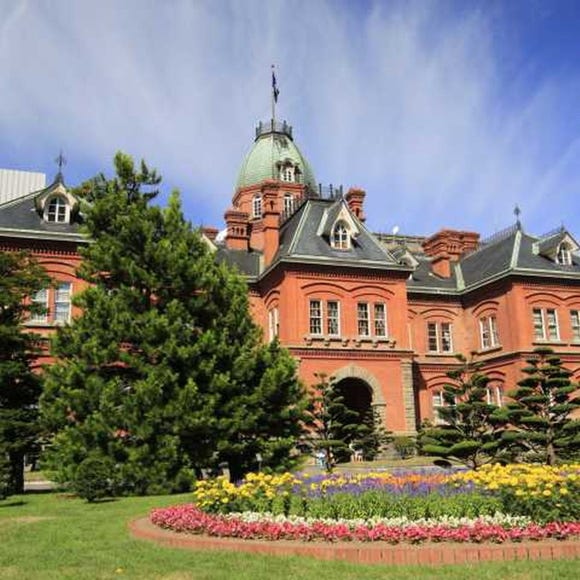
Former Hokkaido Government Office Building (Red Brick Office)
Other Historic Sites
Sapporo / Chitose
-
Appealing

Shirogane Blue Pond (Aoiike)
Rivers, Lakes & Canyons
Furano / Biei / Sounkyo
-
Appealing

Mt. Hakodate Observatory
Forests & Mountains
Hakodate
-

BIGGEST SALE ALERT! SATUDORA Tax-Free Winter Sale: Stack Coupons for Massive Savings!
by: Guest Contributor
-

Expert-Recommended: 9 Hakodate Hotels Serving Up the Best Breakfasts in Town
by: Nobuka Kawashima
-

Scenic Road Trip from Hakodate to Matsumae: Stunning Views, Traditions, and Tasty Delights
by: Nobuka Kawashima
-
Ad

Smart Ways to Avoid Crowds and Enjoy a Safe, Comfortable Trip to Otaru.
-
Ad

Sapporo SATUDORA Shopping Guide: Get Souvenirs, Medicine & More at This Iconic Drugstore (Special Deal Inside!)
-
Ad

Cycling Through Hokkaido: Discover the Beauty of Memuro and the Tokachi Plains
-

Hakodate 2-Day Itinerary for Exploring Japan's Foodie North!
-

5-Day Asahikawa Itinerary: All The Highlights - From Asahikawa Ramen to Asahiyama Zoo
-

Top 10 Sightseeing Spots Near the Hokkaido Marathon Route!
-

8 Unfamiliar (But Totally Normal) Customs in Japan!
-

Flowers, Beer & More: Hokkaido Summer Driving Itinerary (+ Bonus 6-Day Plan)
-

Autumn in Japan 2025: Fall Foliage Forecast & Where to Enjoy the Colorful Leaves (+Tour Info)
- #best sushi hokkaido
- #things to do hokkaido
- #best ramen sapporo
- #what to bring to japan
- #new years in tokyo
- #what to buy in ameyoko
- #japanese nail trends
- #what to do in odaiba
- #onsen tattoo friendly tokyo
- #daiso
- #best sweets otaru
- #japanese fashion culture
- #best nature furano
- #japanese convenience store snacks
- #best japanese soft drinks
















